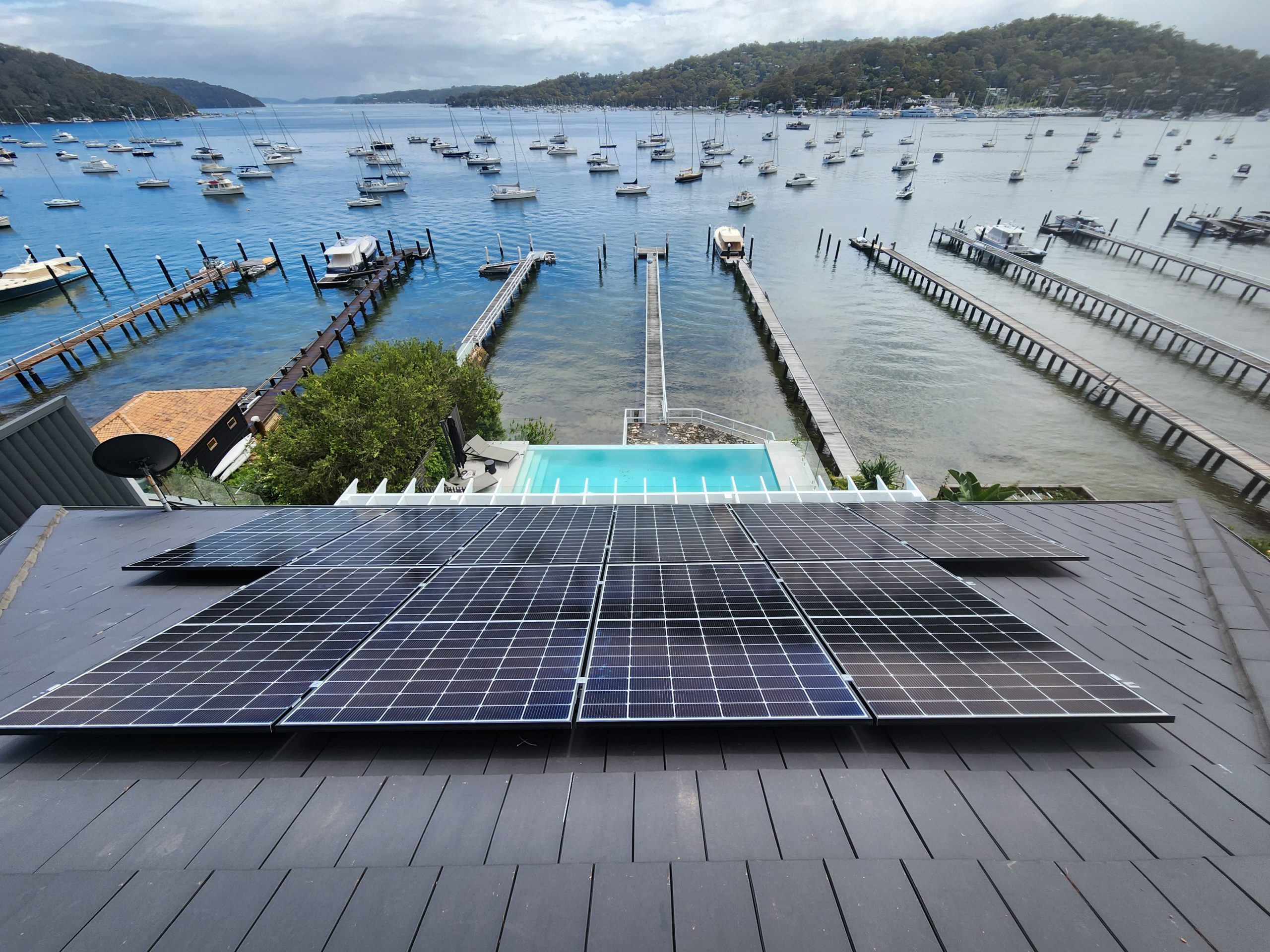Understanding the Impact of Shadows on Solar Panel Performance and How to Minimise Shading Effects
When considering solar energy, many factors come into play to ensure optimal performance and energy savings. One critical aspect often overlooked is shading, how shadows cast by trees, buildings, or other objects can influence the efficiency of your solar panels. At MPV Solar, we want our customers to understand how shading impacts solar panel performance and what you can do to mitigate its effects.
The Impact of Shading on Solar Panel Performance
1. Reduced Energy Production
Shading on even a small portion of your solar array can significantly decrease its overall energy output. Solar panels are composed of multiple photovoltaic (PV) cells connected in series; if one cell is shaded, it can limit the current for the entire string, leading to less electricity generated.
2. The Role of Bypass Diodes
Modern solar panels are equipped with bypass diodes that allow electricity to circumvent shaded or damaged cells, reducing the impact of shading. However, while bypass diodes help, shading still causes measurable losses in energy production, especially if shading covers multiple panels or large sections.
3. Series vs. Parallel Connections
Panels connected in series are more susceptible to shading effects because shading on one panel affects the entire string’s voltage and current. Conversely, systems with parallel connections or microinverters can mitigate shading effects, as each panel operates independently.
Common Sources of Shading
- Trees and Vegetation: Overgrown branches can cast shadows during different times of the day or seasons.
- Buildings and Structures: Nearby buildings, chimneys, or vents can cast shadows, especially in morning or late afternoon.
- Debris or Snow: Seasonal snow accumulation or debris can temporarily shade panels.
How to Minimise Shading Impact
- Site Assessment: Conduct a thorough shading analysis before installing panels. Our team at MPV Solar performs detailed shading analysis to optimise placement.
- Strategic Panel Placement: Position panels where they will receive maximum sunlight and are least affected by shadows throughout the day and year.
- Regular Maintenance: Trim trees or remove obstructions that create unnecessary shading.
- Optimal System Design: Use microinverters or power optimisers, which reduce shading losses by allowing panels to operate independently.
Book a FREE site assessment with MPV Solar
Shading can dampen the performance of your solar energy system, but with careful planning and design, its effects can be minimised. At MPV Solar, we are committed to helping you achieve maximum efficiency with tailored solutions suited to your property’s unique characteristics.
Interested in learning more or scheduling a free assessment? Contact MPV Solar today and we’ll help you join the solar revolution.

Which solar system is right for you?
At MPV Solar, we provide a variety of comprehensive residential solar packages tailored to meet the unique needs of homeowners. Each package is designed to maximise energy efficiency, reduce your energy bills, and promote sustainability.
Whether you’re looking for a simple setup or a more advanced system, our offerings are engineered to fit your lifestyle and budget, ensuring you get the most value from your solar investment

MPV Solar – The trusted choice
A proven industry leader
33
YRS
YEARS IN SOLAR solutions
5471
+
COMPLETED PROJECTS
15
+
DEDICATED SOLAR STAFF
100
%
family owned & operated
Learn more
FAQs about How Shading Affects Solar Panels
Your questions about how shading affects the performance of solar system panels answered.
Why are shaded solar panels less effective?
Shading causes a drop in current flow within the photovoltaic cells, which can significantly reduce power generation, especially if shading covers multiple cells or panels.
Do all types of solar systems handle shading equally?
No, systems with microinverters or power optimisers better withstand shading because each panel operates independently, unlike traditional series-connected systems.
What are common sources of shading on solar panels?
Trees, buildings, chimneys, vents, snow, and debris are typical sources of shading that can affect solar panel performance.
What is the best time of day for solar panels to operate without shading?
Midday hours typically provide the most sun exposure, so ensuring panels are shaded as little as possible during these times optimises energy production.
How does seasonal shading affect solar panel performance?
Shading from deciduous trees or snow can vary with seasons, potentially causing variable impacts on energy output throughout the year.
Are there specific designs that withstand shading better?
Yes, microinverter systems and power optimisers allow panels to operate independently, reducing the impact of shading compared to traditional string inverters.
What should I do if shading is unavoidable on my property?
Consider redesigning your system with shade-tolerant technology, reposition panels, or trim obstructive vegetation for optimal performance.


MPV Solar is committed to providing industry-leading solar energy solutions across Sydney, backed by a proven track record of successfully completing over 5,000 projects. As a family-owned business, we prioritise personalised service and truly value our clients, ensuring that each system is tailored to meet your unique energy needs.
Copyright 2025. All Rights Reserved.
Created by Codex Digital and Yakka Consulting
Get in Touch
MPV Solar
Unit 3, 43-51 College St,
Gladesville NSW 2111
info@mpvgroup.com.au
(02) 9817 0333
Monday – Friday
8:30 – 5:00pm







